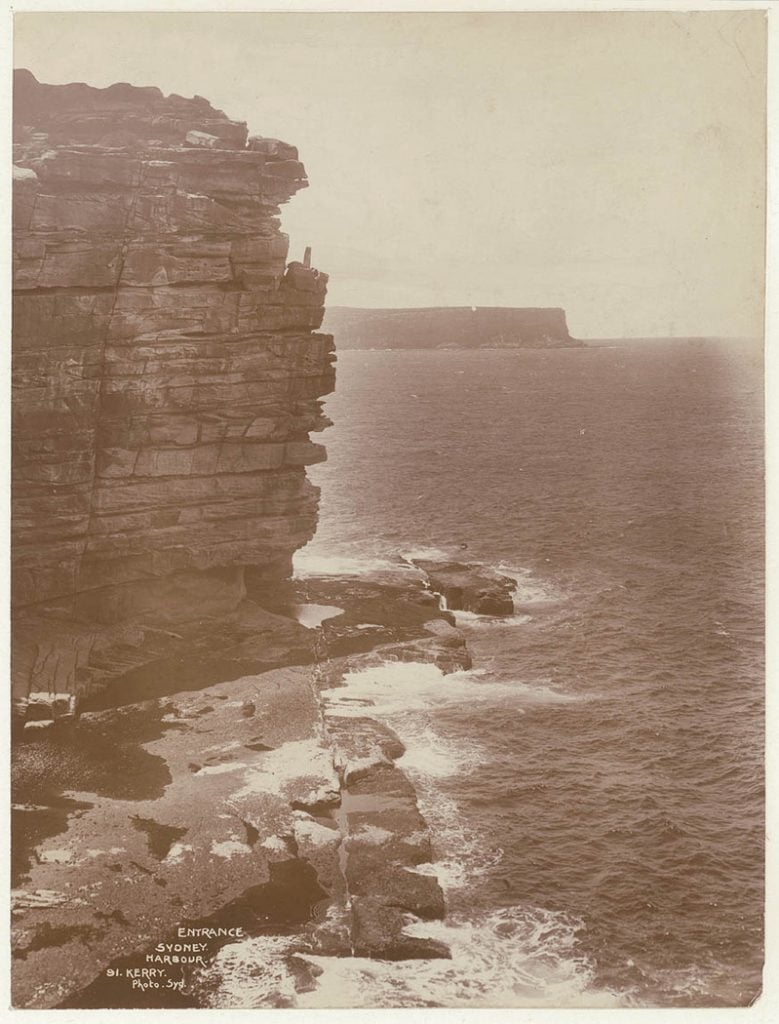
CFP: Distance Looks Back
A Thematic Conference of the European Architectural History Network, held in conjunction with the 36th Annual Conference of the Society of Architectural Historians, Australia and New Zealand
hosted by University of Sydney, School of Architecture, Design and Planning
10-13 July 2019
Convened by Andrew Leach and Lee Stickells
Distance is both conceptual and actual. It is overcome or exploited in all manner of ways that have consequences for the history of architecture. It is fostered in the critical attitude. And collapsed when history is invoked in the present. It shapes the relationship of Europe to its Antipodes, as well as of Europe to its neighbours. Its presence is necessary for claims upon disciplinarity; its absence, the dissolution of disciplinary boundaries. In what ways has distance figured in the history of architecture? What has it altered? What has it prevented? What has it allowed? What does it permit, even now?
This theme opens the door to questions of representation and communication in the history of architecture; questions of travel and migration; and of the mobility of expertise, institutions and ideas. As a lens, distance allows us to reflect on the construction of identity in and through architectural works both defined as such (Architects and Architecture) and “grey”. It invites us to consider moments of counterpoint, imaging or critique. It provokes us to clarify, recalibrate, expose, suppress, or legitimise. Works, projects, architects and other agents in the conceptualisation and construction of architecture, cities and landscapes are, from a remove, perceived on terms different from the immediate and the close. Artefacts and ideas subjected to distance acquire something of this perspective, whether they are physically moved or subject to representation at a remove. Distance can be inconvenient; and useful.
We welcome original papers that explore the import of distance for architectural history from any direction. Proposals may treat any time and geography. They might address the consequences of literal distance for architectural culture in its history: communication, travel, mobility, isolation, exile, or technical and intellectual networks. They might consider the figurative role of distance in forms of criticality, historicity and thought. Papers may reflect on the mechanisms and nature of architectural history through such concepts as immediacy, instrumentality or relevance; or of neutralization or obsolescence. Contributions might use an idea of distance to think through distinctions (in disciplines, practices or institutions) between architectural history and criticism, architectural history and archaeology, architectural history and area studies, architectural history, urban history, histories of science and technology, the history of art, etc. Or to use these distinctions to reflect on architecture and its neighbouring professions and practices. Papers may reflect on the devices used by architectural historiography to manage distance: historiographical and critical nomenclature; theoretical terms and tropes; and other means of negotiating proximity. Consideration may even be given to the very historiographical valence of distance – as, for instance, productive criticality or problematic estrangement.
One strand of this conference theme responds to the special issue of Architectural Histories (2018) asking “What is Europe?”. The theme invokes, too, the ideas at the centre of the lecture series convened by New Zealand historian Keith Sinclair in 1960: Distance Looks Our Way; and in Australian historian Geoffrey Blainey’s Tyranny of Distance (1966). What are the effects of remoteness on an antipodean response to architecture’s historical metropole? Or of the significance of the globe beyond its “centres”? What occurs when isolation is made operative? The idea of distance, in this sense, invites self-reflection as much as advancement of new knowledge. We therefore particularly welcome papers that reflect on distance in order to reflect on the concept of Europe and the European and its consequences for architecture beyond a strictly defined European geography. We welcome, too, papers that consider the architectural history and culture of Asia, Australasia and the Pacific in their global contexts. The program will have sessions dedicated to these themes.
Abstracts of no more than 300 words in length (accompanied by 80-word biographical notes) may be submitted by email as Word documents to: . Please name the email subject ABSTRACT-SURNAME and use this name for your submission file as well. Full papers will be subject to peer review, with papers published after the conference in an online volume of the Proceedings of SAHANZ.
Abstract deadline: 1 November 2018
Submission of full papers for review: 1 March 2019
Submission of final papers for publication: 14 June 2019
Conference: 10-13 July 2019
All abstracts will be considered by the academic committee; speakers will be invited to prepare a full paper (no longer than 4,500 words in written form), which will be subject to peer review; authors must submit revised papers by the date specified. Authors may opt out of publication in the Proceedings. On academic process, refer to the Editorial Policy of SAHANZ .
The convenors will be pleased to receive information concerning events or exhibitions scheduled or planned for the dates around this conference, including conferences in major hub cities or other cities in Australia or New Zealand that might interest delegates travelling from afar. The conference website will include a calendar of these events.
Academic Committee
Tom Avermaete (TU Delft)
Petra Brouwer (Amsterdam)
Mark Crinson (Birkbeck)
Hilde Heynen (KU Leuven)
Andrew Leach (Sydney, co-chair)
Naomi Stead (Monash)
Lee Stickells (Sydney, co-chair)
Paul Walker (Melbourne)